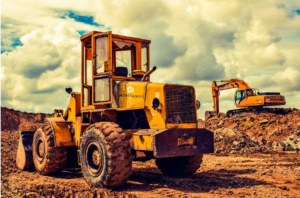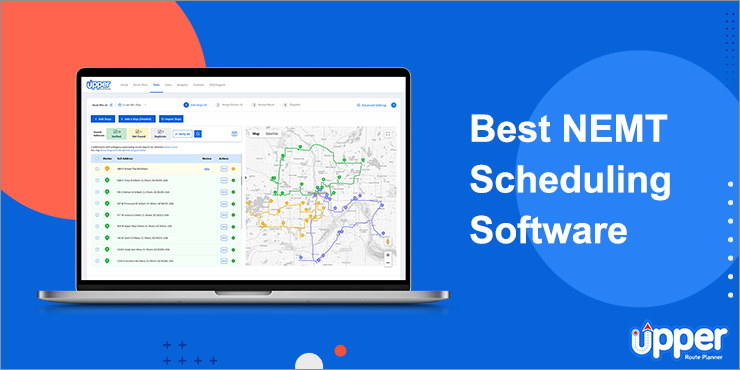The Ins and Outs of Caterpillar Carrier Rollers


Caterpillar carrier rollers are an important part of any construction or mining project, yet most people don’t know their exact purpose or how they work. In this blog post, we will explore the ins and outs of caterpillar carrier rollers, and explain why they’re essential components of construction and mining operations. We will cover what they are, what they do, and how they can help make a job go smoother. So read on to learn more about caterpillar carrier rollers.
What are Caterpillar Carrier Rollers?
Caterpillar carrier rollers are components used in tracked vehicles to provide traction and facilitate smooth movements over all terrain. They are also known as track rollers, bottom rollers, or lower rollers. They are designed to help reduce friction between the track and the surface it runs on. This helps with the vehicle’s overall mobility and helps it safely and smoothly navigate around the job site. Caterpillar carrier rollers consist of two main parts: the axle and the roller. The axle provides support for the entire unit, while the roller is the actual driving force. The roller consists of a drum-shaped outer surface that is typically made of a hard rubber material, which is then attached to a shaft that runs down the center of the roller. This shaft is connected to the axle, which is connected to the engine. The roller and axle assembly are typically surrounded by housing that helps protect them from damage. This housing also allows for easy replacement if the roller becomes damaged or worn out. Depending on the type of vehicle, there may be one or more rollers per side.
How Do They Work?
Carrier rollers work by distributing the load of the vehicle across several smaller contact points. This allows for better traction and less wear on the tracks and the ground beneath them. As the vehicle moves forward, the carrier rollers will roll along the inside surface of the tracks, providing a smooth, even ride. In order for the carrier rollers to function properly, they must be kept lubricated and free of debris.
Types of Carrier Rollers
Caterpillar carrier rollers come in a variety of sizes and materials to meet your application needs. Generally, there are three main types of carrier rollers that you can choose from – non-metallic, steel, and rubber.
Non-Metallic Carrier Rollers
Non-metallic carrier rollers are typically made out of urethane or plastic. These types of rollers are generally cheaper than their metallic counterparts and provide a good service life. They offer excellent impact and wear resistance and are lightweight, making them easy to install and use. However, these types of rollers have low melting points, which makes them unsuitable for high-temperature atmospheres.
Steel Carrier Rollers
Steel carrier rollers are the strongest and most durable type of carrier rollers. They offer superior load capacity and can handle heavy loads, making them ideal for larger jobs. Steel carrier rollers can support oversized loads with ease. Steel rollers also resist corrosion and heat, making them ideal for demanding environmental conditions. The downside is that they tend to be more expensive than non-metallic and rubber carrier rollers. When it comes to choosing caterpillar carrier rollers, you get what you pay for. Investing in steel products ensures that no job goes unfinished.
Rubber Carrier Rollers
Rubber carrier rollers are the most cost-effective type of carrier rollers and offer excellent performance in mild to moderate loads. They’re water-resistant and can withstand exposure to harmful chemicals. They also offer excellent cushioning for shock and vibration absorption, creating a safe and comfortable ride for workers. Rubber carrier rollers are ideal for applications that require quieter operation since they produce little noise when running. However, rubber rollers can wear down over time and need to be replaced more often than other types of rollers. They may also wear away more quickly on rough or hard surfaces like rock or stone.
Why Use Caterpillar Carrier Rollers?
Caterpillar carrier rollers can help improve productivity, reduce labor costs, and make operations more efficient. They can be used in a variety of applications including construction, agricultural, industrial, and manufacturing industries. They are also extremely durable, as they are designed to handle extreme temperatures, moisture, and dust. Carrier rollers are ideal for carrying heavy loads including gravel, sand, dirt, and other materials from one place to another. Caterpillar carrier rollers also help control the speed of a vehicle or machine. They provide a smoother ride, allowing operators to drive at a consistent speed without having to constantly adjust the settings. This reduces operator fatigue and increases safety. Overall, caterpillar carrier rollers are a great investment for any business that needs a quiet and efficient way to move heavy materials.
How to Choose the Right Caterpillar Carrier Roller
There are a few things to consider when choosing the best caterpillar carrier roller for your budget and needs. For starters, consider the type of terrain you’ll be using it on. Steel carrier rollers offer better stability on rough terrains like gravel and dirt, while rubber-tired rollers run more smoothly on asphalt, providing better traction.
You should also consider the weight of the carrier roller when making your selection. If the Caterpillar carrier roller you choose is too heavy, it could cause increased wear and tear on your equipment and more frequent maintenance. On the other hand, if the roller is too light, it could result in inadequate compaction and poor performance. Finally, it is important to consider the size of the roller. The size of the roller will affect the equipment’s efficiency and ability to maneuver around tight corners or rough terrain. It’s important to select a roller that is large enough to properly compact the soil or pavement but small enough to maneuver easily and efficiently.
Conclusion
Caterpillar carrier rollers are an essential part of the heavy machinery used in many industries. They help reduce wear and tear on the tracks and suspension systems, allowing machines to run more efficiently and last longer. Carrier rollers also help prevent components from becoming damaged, which can be costly to replace. Consider your application, environment, and load capacity when choosing the best carrier roller for your needs.





